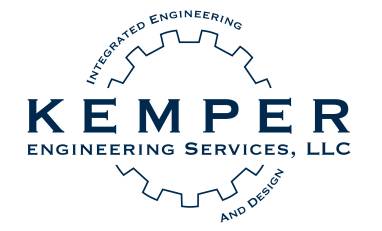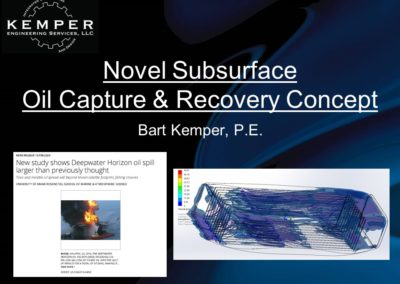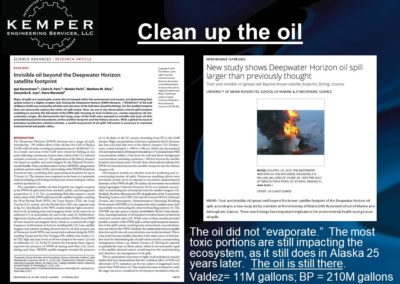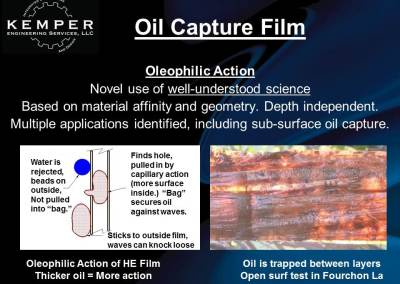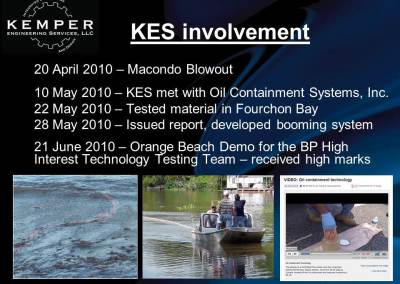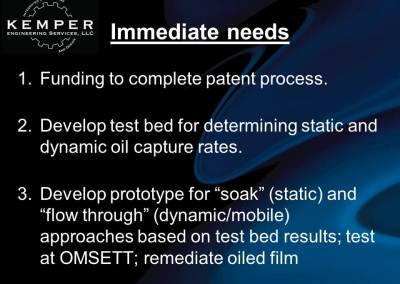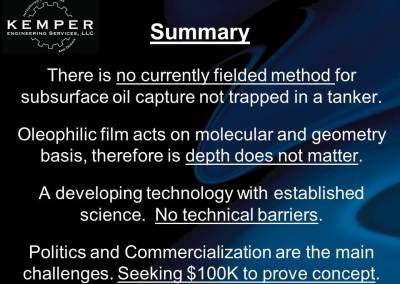Development: Subsurface Oil Capture
Novel Subsea Methods
The need is still there for the Gulf, plus it is likely there will be more oil spill events.
The oil is still there
Studies from 2020 give us an updated picture, and the picture is the oil is still there. Natural systems will break it down, but it will change the eco system and take decades.
The Gulf of Mexico saw the worst oil spill in history in the summer of 2010. The BP Oil Spill from the Deepwater Horizon drill site put over five million barrels of crude oil into the ocean. It was a failure by the government to at multiple levels — failed to review the plans they had, failed to do due diligence in approving changes to the drill plans, failed to listen to the EPA scientists about using Corexit, and others. Most fundamentally, it was a failure of engineering ethics. If the engineering profession did their job correctly, this would not have happened and been added to the lists such as Bhopol, the Challenger Disaster, or the Columbia Disaster.
The Administration kept the majority of the oil from reaching the surface by injecting Corexit at the wellhead, deep beneath the ocean. This dispersant separated the light hydrocarbons from the heavy, allowing only the most volatile portion of crude to reach the surface where it could be remediate. The rest of it stayed on the ocean floor. It is now killing reefs, contaminating marine life eggs, and disrupting the long term ecological cycles. Oil on the beach can be cleaned. This oil was mean to be “out of sight, out of mind.” The problem is it is not out of the water. The EXXON VALDEZ damage is still reverberating in the Alaska coastal eco system. This spill was more massive, is tying into the “Dead Zone” already growing in the Gulf, and is threatening one of North America’s biggest source for seafood and marine commerce.
KES was part of the many teams trying to find ways to mitigate the disaster as it happened. We were one of fifteen companies to present key technology at the Orange Beach, Alabama demonstrations to the BP High Interest Technology Testing Team. We have used our own resources to continue this effort. We are in the process of seeking grants, university support, and preparing a crowd sourcing pitch. Our report was instrumental in assisting our client in being selected.
Our immediate needs is to continue the patent process. We have initial patents filed and our partners have patented their developments, citing our report directly. We have additional work to do in order to protect the various follow-on applications and developments not shown here. We also need detailed performance testing to get the data we need for the time rate of oil capture. Previous uses for the material were in booming applications. This will let us size the oil capture and oil sampling prototypes. Long term, we plan to partner with local fabricators and have our own team to build the devices and their supplies as part of a comprehensive oil spill response system.
